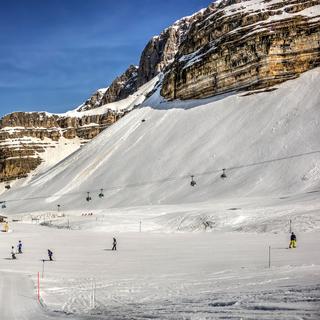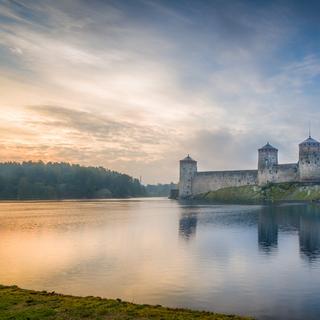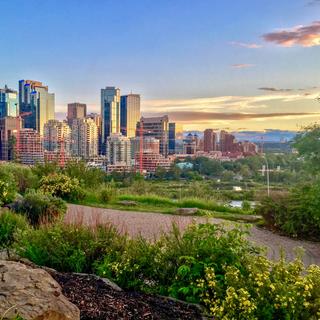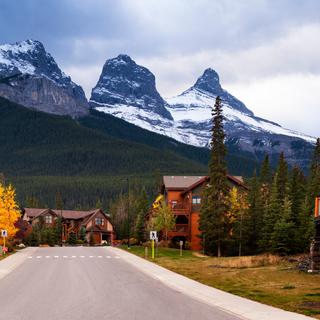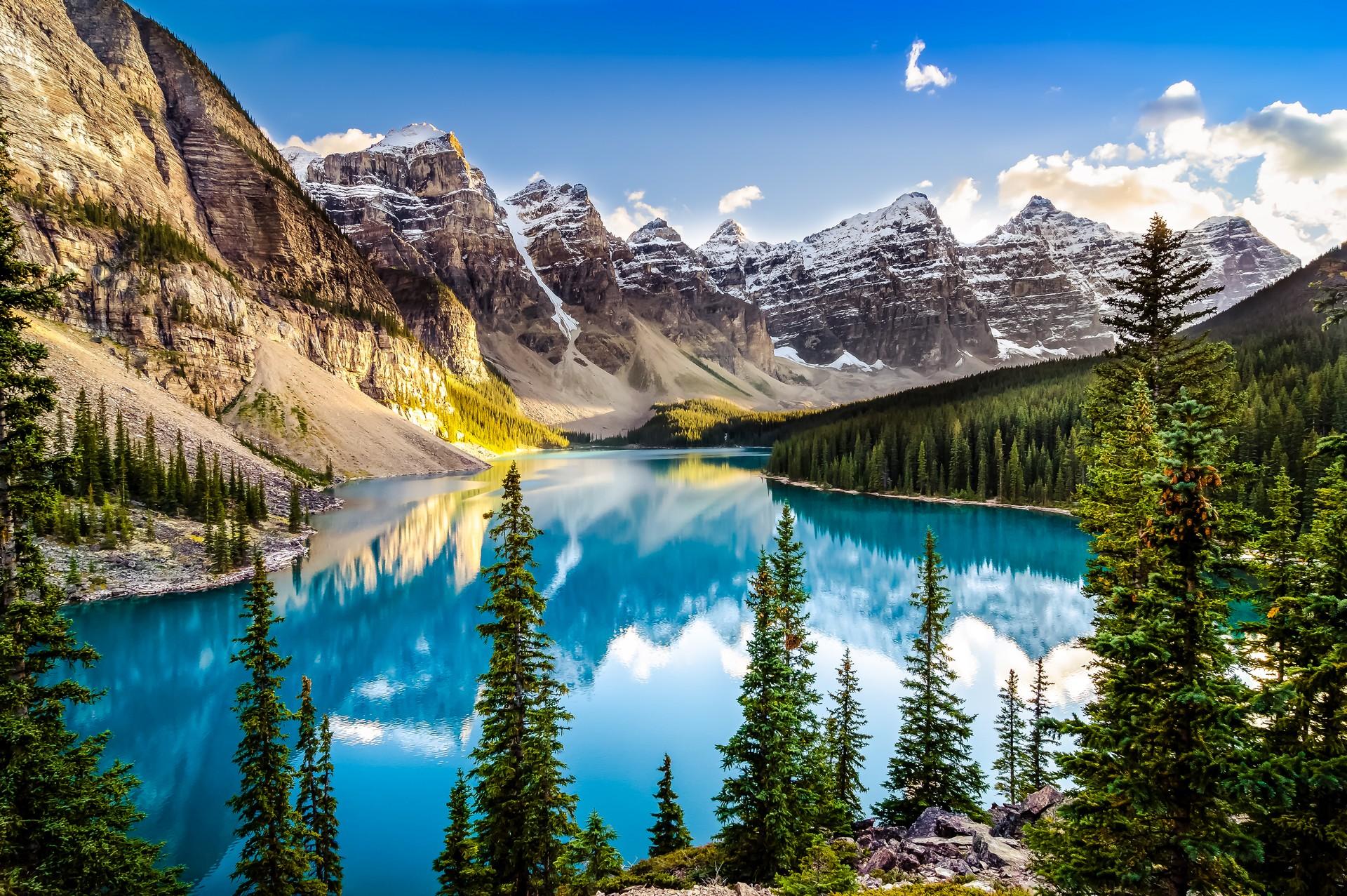
Banff weather and climate

Banff weather and climate
Day
21 °C
Night
5 °C
Precipitation
51 mm
in month
Rainy days
11 days
in month
Daylight
14 hours
average
Sunshine
7 hours
average
Humidity
65 %
Weather charts for Banff
Destinations nearby and activities
Destinations nearby
Activities in Banff

Find more destinations like this
Destinations with similar weather to Banff
Other destinations in Alberta - Canada
Closest cities for Banff
Weather overview for Banff
Weather overview
Situated in Canada, Banff is characterized by a cool continental climate with a wide range of temperatures. Monthly temperatures fluctuate from an average daytime low of -4 °C (24 °F) in the coldest month to an average daytime high of 22 °C (71 °F) during the warmest month. The fewest days of precipitation are found in October, totaling about 8 days, while June typically sees the most rainfall days, with 14 days. Nighttime temperatures peak in July, reaching 5 °C (41 °F), and dip to their lowest in December at -13 °C (8 °F).
January weather
A gradual increase in daytime temperature is noted in Banff with an average of -3 °C (27 °F). Concurrently, there is a slight uptick in the number of rainy days, now averaging 9 days. The commencement of more sunlit hours is also witnessed, reaching an average of 2 hours.
February weather
February sees a comparable rise in day temperatures in Banff, now averaging 0 °C (32 °F), with a notable increase in nighttime temperatures. Rainfall reaches its lowest point this month. Sunlight hours continue their upward trend from the previous month, averaging 3 hours.
March weather
March witnesses a continued rise in both day and night temperatures in Banff, now at 3 °C (38 °F) and -9 °C (15 °F) respectively. The quantity of rainy days begins to increase, as does the rainfall. This month also sees the peak wind speeds. A further increase in sunshine hours is noted, now averaging 5 hours.
April weather
April in Banff brings continued growth in both day and night temperatures, now at 8 °C (47 °F) and -5 °C (23 °F), respectively. The trend in rainy days begins to decline, showing an average of 9 days, while the rainfall volume sustains its upward trajectory. Sunlight hours are also on the rise, now averaging 6 hours.
May weather
The rise in temperatures persists in Banff through May, with daytime temperatures now averaging 14 °C (57 °F) and a noticeable increase in nighttime temperatures. The number of rainy days begins to swell again, while rainfall also continues to rise. Consistent with previous months, the number of hours of clear skies increases, now estimated at 6 hours. The lowest humidity levels of the year are also recorded during this month.
June weather
June in Banff presents a continual rise in temperatures with the daytime average reaching 18 °C (64 °F) and nighttime temperatures averaging 3 °C (38 °F). The highest number of rainy days is observed this month, along with the peak rainfall. A growing number of hours of sunlight is seen, now standing at 7 hours, and the day length reaches its summit at 16 hours.
July weather
July sees the peak daytime temperatures in Banff, averaging 22 °C (71 °F), with the highest nighttime temperatures also noticeable at 5 °C (41 °F). As tourism slowly picks up, there is a commencement of a decrease in the number of rainy days, now averaging 11 days, and rainfall also begins to taper off. The apex of sunlight hours is recorded this month.
August weather
In August, a decrease in the number of hours of cloud-free sky can be noticed in Banff. Although tourists continue to visit, minimal wind speeds are observed, with an average of 2.
September weather
September marks the start of a decrease in daytime temperatures, now at 16 °C (61 °F) in Banff, with nighttime temperatures also beginning their descent. The occurrence of rainy days is on a downward trend. Sunshine hours mirror the decline from previous months, with an average of 5 hours.
October weather
October experiences a continued decrease in both day and night temperatures in Banff. The month sees the lowest number of rainy days, while the rainfall starts to diminish. A decrease in sunlight hours is also observable, now at 4 hours.
November weather
In November, Banff witnesses a further drop in daytime temperatures, along with an accompanying fall in nighttime temperatures. A slight rise in the number of rainy days is observed. Consistent with the onset of winter, the number of sunlit hours continues to decrease, now averaging 2 hours.
December weather
December sees the minimum daytime temperatures in Banff, with equally low nighttime temperatures. There is a slight reduction in rainy days. The least number of sunlit hours is noticed this month. Humidity is at its annual high. Day length also reaches its shortest period.
FAQs
What's the trend in average daytime temperatures in Banff during January?
In January, Banff experiences a minor uptick in average daytime temperatures, settling at about -3 °C (27 °F).
How does the amount of sunlight change in Banff throughout February?
In February, Banff enjoys an increasing number of sunny hours, with the average climbing to approximately 3 hours.
What variations in wind speed are expected in Banff during March?
March is characterized by the highest wind speeds of the year in Banff, signaling more blustery conditions.
Is there a decline in the number of rainy days in Banff during April?
Yes, April marks the start of a decline in the number of rainy days in Banff, averaging around 9 days.
What's the situation regarding humidity in Banff for May?
May in Banff brings the lowest humidity levels for the year, reflecting drier air conditions.
What can tourists expect regarding the length of daylight in Banff during June?
Tourists can expect the longest days of the year in Banff during June, with daylight extending up to 16 hours.
How might the declining rainfall impact activities in Banff in July?
With rainfall starting to decrease in July, visitors to Banff can enjoy more outdoor activities without the worry of frequent precipitation.
How do wind conditions in Banff change during August?
August in Banff welcomes the calmest wind conditions of the year, with winds slowing down to an average pace of 2
What changes occur in sun exposure in Banff during September?
September brings a reduction in sunlit hours in Banff, indicating the gradual approach of autumn.
What does the minimal rainfall in October mean for Banff?
With October having the lowest amount of rainfall days, Banff becomes a less soggy, more amiable location for visitors and outdoor activities.
What does the decline in sunny hours indicate for Banff in November?
The waning sunny hours in November indicate that Banff is transitioning towards the cold and shorter days of winter.
How does the short day length affect the climate in Banff during December?
The short days in December contribute to the cold climate in Banff, with limited daylight hours affecting temperature and activity planning.

